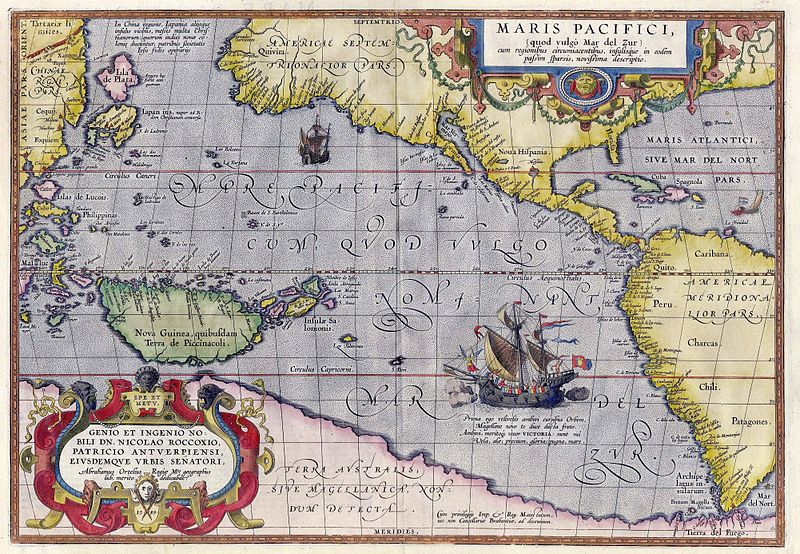In the eastern tropical Pacific, there is a very prominent oxygen minimum zone at intermediate depths of the water column (from about 300-600 m). Oxygen levels in this oxygen minimum zone are extremely low and many organisms cannot survive under such conditions. This leads to a vertically layered water column, where some marine life is confined to the well-oxygenated shallow water, while other organisms seem to tolerate low-oxygen conditions and are found within or near the oxygen minimum layer. It appears that even closely related species can reside in very different oxygen environments.
My work examines aspects of the biochemistry and physiology of copepods which reside in different oxygen environments in the water column. I will compare substrate usage (whether lipids, carbohydrates or proteins are primarily used for energy), body composition and feeding preferences between three closely related species of eucalanoid copepods. Hopefully, these analyses will allow us to better understand adaptations of copepods to low-oxygen conditions in the water column.
Wednesday, October 31, 2007
Subscribe to:
Post Comments (Atom)



3 comments:
How do you capture the copepods at the depths mentioned? Also, how do you perform the tests on such small creatures?
The copepods are captured using either a bongo net or our MOCNESS which is lowered down to depth on a wire to a specific depth. The tests are performed using very small scientists with very small fingers - just kidding! The copepods are actually visual with the naked eye, and can be plucked out of the water and into an experimental chamber with a pipette. And of course, there are multiple microscopes on board and special picking tools and fine mesh sieves to aid in the process.
Dear Christine Cass ('04 alum),
We are happy to announce that the Pauley Summer Program at the Hawaii Institute of Marine Biology has recently celebrated its 25th year. To recognize this milestone, we are in the process of synthesizing the contributions that the Pauley Program has made to marine science and education. A preliminary step in our efforts is to identify all past participants in the program and request their input on the impact that the program has had on their professional careers. You have been identified as a past participant in the Pauley Program so we have just a few questions that we would like you to answer to support our efforts. Thank you for your time!
Have you pursued a marine related career (YES/NO)?:
If you have pursued a marine related career, was it in research, education, management, or other and please list your current organizational affiliation:
Please also list citations of any peer-reviewed publications and/or dissertations/thesis that were directly or indirectly related to your research experience and education at the Pauley Summer Program:
In general, how did your experience at the Pauley Summer Program influence you?:
We would also request that you verify the information we have regarding your participation in the program:
Year:
Role(PI/Faculty/Student):
Organization Affiliation(at the time of the program):
Your reply to this email will greatly support the justification to continue this outstanding research experience for young marine scientists. Mahalo for your cooperation!
Aloha,
Ruth Gates, Erik Franklin, Judy Lemus
2009 Pauley Program Leaders
Hawaii Institute of Marine Biology
University of Hawaii
Post a Comment